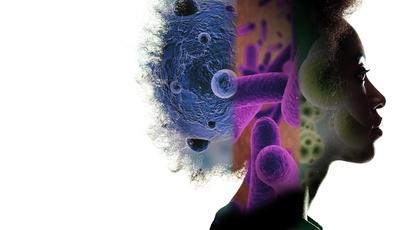Watch Clip

Bringing Back Woolly Mammoths
3m 20s
Mixing mammoth and elephant genes could be the key to saving the Arctic.





























